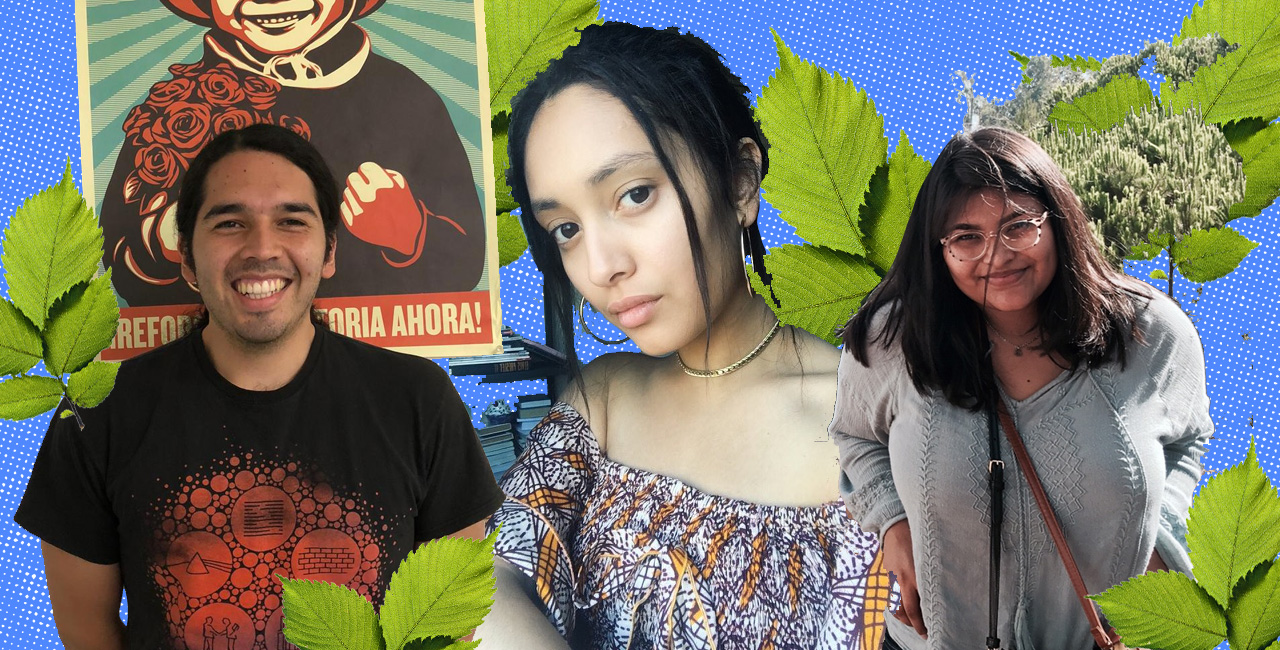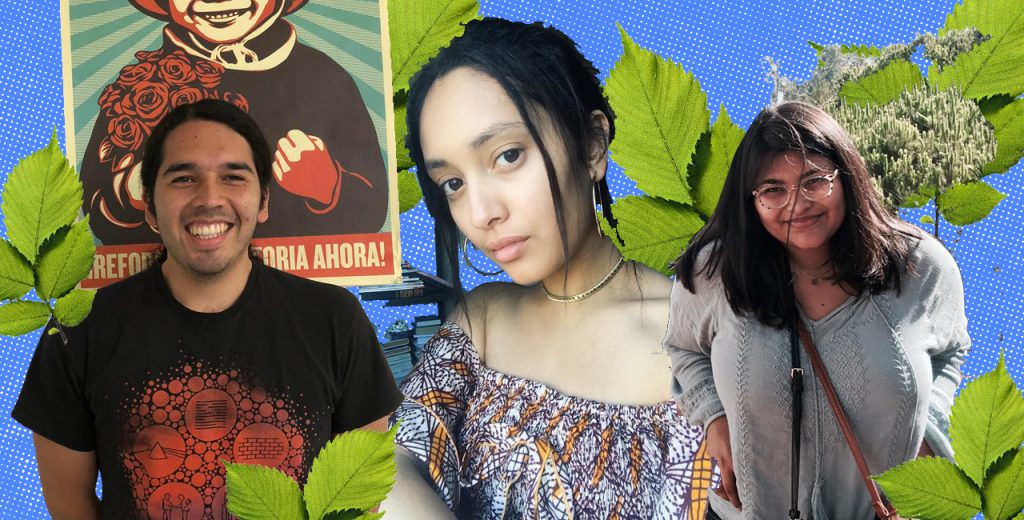For many Central Americans in the United States, growing up was a lonely and confusing time. With the media focusing mostly on Mexican-centric experiences, people from Belize, Guatemala, Panama, Nicaragua, Honduras, El Salvador, and Costa Rica don’t often hear much about their history and traditions. And with some of their immigrant parents suffering trauma after fleeing bloody civil wars, they scarcely took a trip down memory lane.
“Although many Mexicans and Chicanxs have grown with parents who have also lived through traumatic experiences, the difference is, they can just turn on the TV and see and hear positive Mexican representation. That is non-existent for Central Americans,” Leisy Abrego, a Salvadoran-American professor at the University of California, Los Angeles (UCLA), tells me.
But things are changing. For one, the internet – #CentralAmericanTwitter in particular – has given those with roots to the isthmus a way to build community and discuss their shared experiences. There, they draw attention to the cultures that often go overlooked, which is the case with Afro-Central Americans and the Garifuna community – who created punta – and highlight the importance of Belizeans’ experiences, who some wrongfully don’t consider Latino. Central Americans also slowly getting the recognition they deserve in books and in classrooms. The growing academic attention on the isthmus’ history, politics, and migration to the United States is refreshing, but it’s particularly meaningful for Central American students.
When Abrego asks her students to look for Central American depictions in US media and entertainment, many return empty-handed. And when they do stumble across an example, it’s usually a sassy nanny or a gang member.
Central American Studies pulls from a body of research in history, politics, sociology, ethnic and gender studies, and emerges from the legacy of Chicano/a departments. Although Central American and Chicana/o Studies unearth similar topics and can spur solidarity between both groups, Central American experiences are different enough to stand alone. If they don’t, Central America’s specific history of national traumas and international interferences tends to get erased.
The growing population of Central Americans in the US are fighting to ensure that they’re not forgotten. Courses on the isthmus and its diaspora are popping here and there, partially because of their rising online presence. Hashtags like #CentAmStudies, launched by Abrego, pave the way for knowledge to be archived and people to meet each other.
Not only do the graduates come from diverse backgrounds, the professors, increasingly do, too. Floridalma Boj Lopez, a Guatemalan Maya K’iche’ visiting professor at Loyola Marymount University, welcomes this trend. “For me, it’s important to have Central American faculty, because I’ve seen that in my own research that what I’ve lived through shapes my study topics,” she explains. “I want to have conversations around race, Indigenous and Black people from Central America and how they experience the U.S. differently, as well.”
Students either take Central American studies as a minor while majoring in something completely different, couple the courses with Chicana/o, Indigenous or African and African Diasporas Studies, or major in it where it’s currently available: California State University, Northridge (CSUN). I spoke to three students to learn what taking these courses means to them.
April 19, 3 p.m. ET: A previous version of this story included an error in a quote. It’s been changed from “sexy nanny” to “sassy nanny.”
1
Katy Maldonado, 20
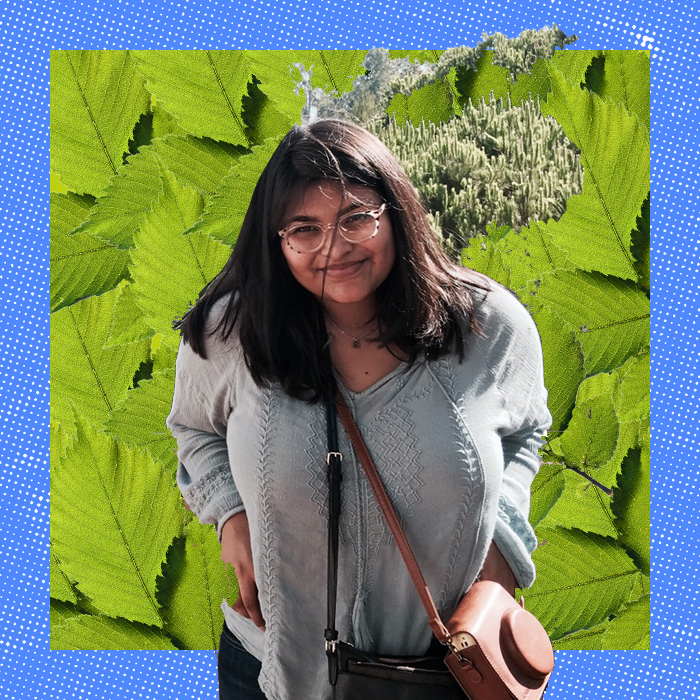
When Katy Maldonado was 7 years old, she left Honduras with her mother and never went back. Today, she is covered by Deferred Action for Childhood Arrivals (DACA) and is majoring in Chicana/o Studies and Geography at UCLA.
Growing up, she didn’t know what being Honduran or Central American meant. “My family was juggling too many jobs at once, they never really talked about it,” she says. She lived in a predominantly Mexican neighborhood, where she says she tended to be “Americanized and Mexicanized” at the same time.
“I never was discriminated against, but maybe it’s because I never really told anyone about me being Honduran,” she says.
After a start in Environmental Studies, where professors’ attitudes would make her feel out of place, she discovered the Chicana/o Department and its three optional courses on Central America. There, she realized that her experiences as a Honduran were valid, common, and relevant.
“When I was in high school, I wasn’t aware of things like systematic oppression,” she says. “My migratory story, my parents’ several low-wage jobs and lack of health insurance… All of this felt normal to me growing up. Now, I know it’s not.”
She believes that understanding Central American experiences makes it possible to counter-argue negative stereotypes – especially those conveyed by US President Donald Trump. “He explicitly separates our group to demonize us, like we are particularly bad Latinos,” Maldonado says. “I feel like without access to this knowledge, how do you learn about Central America without the negative tweets?”
In the future, she wants to go to grad school and impart courses on Central America. “Taking [Professor Abrego’s] class, I felt like, ‘wow, my experience matters,’” she says. “What you’ve lived with your family might be useful to other people in terms of research, and I want to provide that feeling for other students who may be lost or who don’t know part of their history.”
2
Daniel Alejandro Saravia, 22
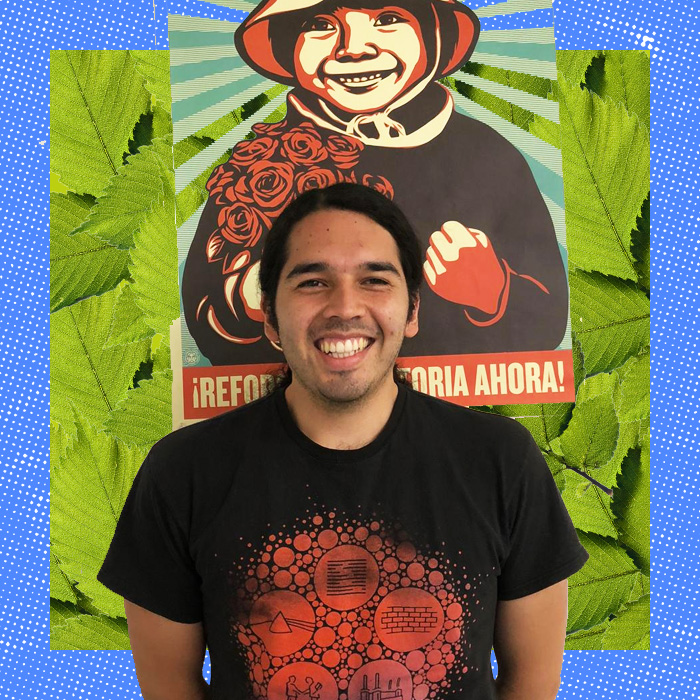
Daniel Saravia sees his major in Central American Studies at CSUN as a liberating experience.
Even though his Salvadoran parents – a former guerrillero and a co-founder of the Central American Resource Center, CARECEN – never hid their horrific past during El Salvador’s civil war, the courses made him realize there can be more to what he’s learned at home.
“There are things that aren’t in your average history book, like about how the US is so involved in Central America, or in Latin America, or in the world for that matter,” he says. “And how they don’t care about the human toll of their actions.”
In these courses, he’s also delved into Indigenous cultures and became aware about his own native roots. “I think that what Central America has in common is the historical elimination of all traces of indigeneity, especially in the arts,” he says.
Even though he felt grounded in his Salvadoran identity, it wasn’t always easy growing up as such. “Mexican kids were ruthless with me, they bullied me a lot,” he says. Saravia recalls that the harassment also targeted his weight, atheism, and taste for heavy metal music, but being Salvadoran was a particularly excluding factor. “That put me in state of depression for a long time because I couldn’t trust anybody,” he adds. “Music and having a very supportive family helped me get through this.”
Now, he feels at home at school. “The professors have gone far and beyond to create a sense of community in the classroom and we get to have philosophical and deep conversations,” he says.
These conversations often go back to centuries of colonization to explain how Central America is doing now. “Like in Honduras, they are living under an oppressive government sponsored by the US and people are fleeing, this is still a reality,” he says. Saravia has also become watchful of how the US doesn’t take responsibility for MS13 as a homegrown phenomenon or how environmental and Indigenous rights are violated in Central America. “So I ask myself, you know, ‘What can we do to stop this?'” he says. “‘What can the U.S. do to stop enabling this?'”
3
Anaís González, 22
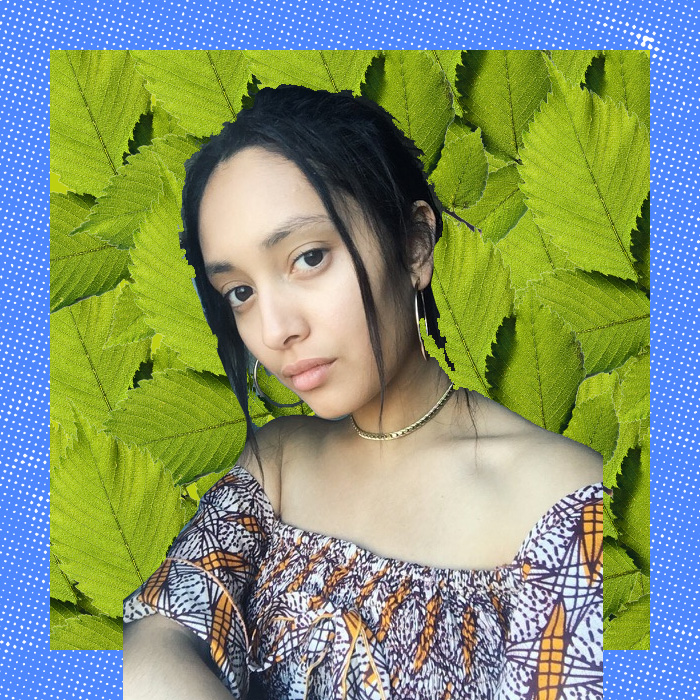
González never felt doubts about her Nicaraguan heritage, but she wanted to know more. Her major in Central American Studies and History at CSUN has empowered her to become more involved within her community.
“I’ve learned a lot about what the diaspora has done,” she says, “and it’s been a wake-up call on their struggles, like kids leaving their country hoping to find their mothers in the US.” This made her feel grateful for her family and her yearly trips to Nicaragua.
She campaigns for the extension of DACA and Temporary Protected Status (TPS) – a program Congress enacted in 1990 to provide relief to those fleeing natural disasters and war – for Nicaraguans, Salvadorans, and Hondurans with local organizations.
“This is the importance of knowing Central American Studies: We’re still getting attacked. Countries have natural disasters, they migrate, and Trump says bye to TPS,” she adds. “There have been wars that have been funded by the US, people [seek refuge] in the US and it’s not by choice.”
For her, advocacy on the streets goes hand in hand with social media activism, where she got inspired to co-create her own social media platform, “Quién sos vos.” There, she posts on Central American culture and news for a wider public of Latinxs. “It’s also a good way to inform the community, because young people look for answers on their phone and then go to their parents, saying, ‘look, here are your rights!’” she explains
She believes that social media influences academia and vice-versa. “On social media, we also talk about history and news, like the Sunday Rios Montt died, everyone was commenting on it, or we talk about the first Afro-Central American Vice-president of Costa Rica,” González says. “And it goes both ways: social media is growing heavily within the community and that helps open up more classes.”
González knows that her Central American Studies’ major is threatened by a trend that bashes the humanities. There have been debates about eliminating Central American Studies and other similar majors. “There’s a mentality of ‘what are we gonna do with this major?’ and that ‘humanities don’t get you jobs,” she says. “For me, it was a personal decision of asking myself where my heart is at. And my heart is in the community.”



